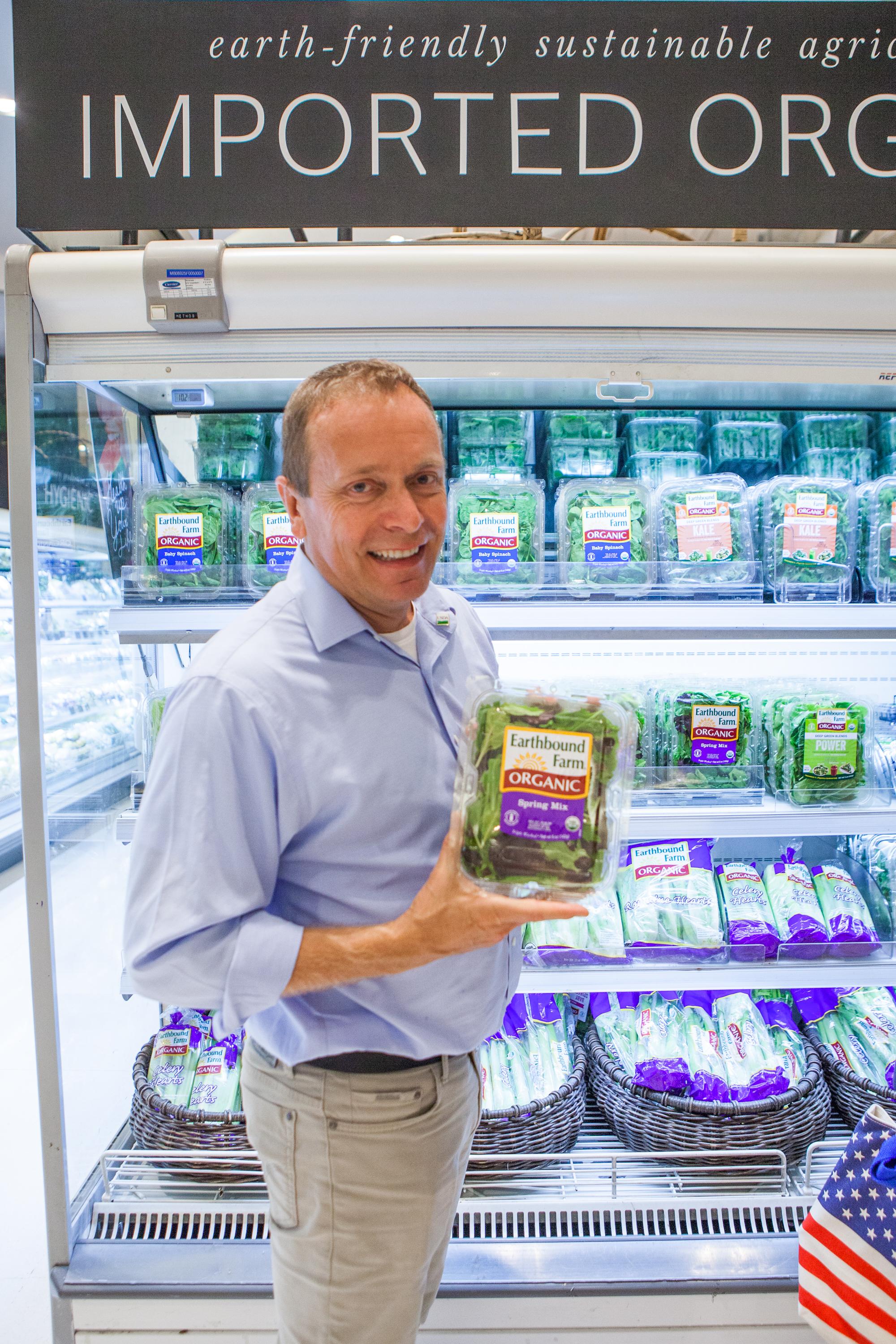Discovering New Opportunities in Thailand – from Grains and Greens to Seafood
Posted by Phil Karsting, Administrator, Foreign Agricultural Service
In mid-August, I traveled to Southeast Asia and witnessed firsthand the great strides being made to help increase food security and trade. I also came to appreciate the immense potential for future trade opportunities in the area. I returned with a reaffirmed sense of urgency to continue building upon recent gains in trade with Thailand.
Thailand purchased a record $1.7 billion in food and agricultural products last year from the United States, making it our 13th largest export market. Overall, U.S. agricultural exports to Thailand have grown by more than 150 percent over the past decade. Throughout my visit, growing demand for both U.S. bulk commodities and consumer products was very clear.
When I met with the Thai Feed Mill Association, we discussed the livestock industry’s growing need for grain. Total feed demand in 2005 was at 10.6 million metric tons and increased to 12.9 million metric tons in 2010. In 2015, due to insufficient local supplies of feed grains and co-products, Thailand imported feed ingredients totaling 17.9 million metric tons, valued at $1.7 billion.
While in Thailand, I also had the opportunity to serve as sous chef to Chef Benjamin B. from the DOCK Seafood Bar in Bangkok. Thai consumers have developed a taste for safe, high-quality U.S. foods, from U.S. organic salad greens to U.S. seafood – all on full display during my visit to the Gourmet Market at Siam Paragon shopping complex. I also had an opportunity to discuss the quality, diversity and sustainability of U.S. seafood products. In 2015, roughly 10 percent of Thailand’s fish and seafood imports came from the United States, including tuna, sockeye salmon, Alaska pollock, lobster, cod and scallops.
Whether discussing future trading prospects in Thailand or elsewhere in the world, our principles and sustained focus on trade continue to point us in the same direction. At the Foreign Agricultural Service, much of our recent focus has been on Trans-Pacific Partnership (TPP) nations for obvious reasons. The TPP is significant – it brings together 12 countries representing nearly 40 percent of the world’s gross domestic product. But other nations in the Pacific Rim, such as Thailand, are on the move and offering opportunities, too.
Trading platforms like TPP create enhanced paths for U.S. producers, who already have exports to thank for 20 percent of farm income. In addition, we must continue to cultivate sound business relationships with customers all over the world, and reinforce adherence to science-based and rules-based trading systems. These three principles are the foundation of TPP and the core principles that will help increase exports of made-in-America food and agriculture products across the globe for generations to come.

